
How to Monetize a Directory Website in 2025
You're running a directory website, but are not sure whether monetization would be beneficial for you or not. Then, you can take inspiration from big websites like eBay, Yahoo, Facebook, Bing, Foursquare, and Yelp. All these are directory websites, and they are making loads of profits out of it.
We know becoming like one of them is not an overnight task, and as a beginner, you'll need lots of dedication, hard work, and expertise to be the next big thing.
One of the great things about directory websites is that there are so many different ways to monetize them. That said, monetization isn’t something you want to jump into too quickly, especially when you aren't getting enough traffic.
So, when and how to monetize a directory website?
In this guide, you’ll learn whether directory websites are profitable, how they work, the most common business models, and proven ways to make money from a directory, even if you're just getting started.
Are Directory Websites Profitable?
Short answer: Yes, directory websites can be highly profitable. You just need the right niche and a solid value proposition.
Think about Yelp, TripAdvisor, or YellowPages. None of them creates their own products. They simply collect and organize information, then let businesses pay for visibility. That’s the beauty of a directory site — once the system is built, it can generate revenue on autopilot.
If your site attracts consistent traffic and your listings are genuinely useful, businesses will happily pay for exposure. You earn money without holding inventory, providing services, or shipping products.
Some factors that influence profitability:
- A niche with demand
- Verified and valuable listings
- Good SEO and local visibility
- Returning visitors and user engagement
So yes, directory websites can absolutely make a profit and in many cases, recurring profit.
When You Should Monetize Your Directory Website
Recent industry data proves directory sites are growing fast.
According to BrightLocal, local business directories convert up to 50% of local searchers into leads, and 86% of consumers read online listings before choosing a business.
The online directory market itself is expanding at an estimated 17% growth rate per year, which means there’s still massive room to profit with a niche-focused directory.

Nowadays, creating a website has become easy, especially after the arrival of WordPress and other CMSs. So, should you just create a directory website and try to monetize it?
Hell no!
Before you learn how to monetize a WordPress directory website, take a look at some prerequisites. To make profits, your listing website should already have:
- Better User Experience: Your visitors leave your site as soon as they enter if your user experience isn't up to date let alone making any transaction. Keep analyzing your competitors to improve your site's UX.
- Decent Traffic: It’s critical to grasp that website traffic and conversion rates go side by side. Actually, it depends on your niche to identify how much traffic is decent traffic for you. If you're getting balanced traffic and at least 30% of them are returning traffic, you can go for monetization.
- Quality Content: Tons of quality content should be the foundation of your website and its structure since it helps attract and engage new users and convert them into customers.
- Payment Gateways – Most monetization models require an eCommerce WordPress plugin like WooCommerce installed to accept and process payments. So, make sure you have multiple payment gateways ready to accept the transaction.
That's how you should prepare your site before starting to monetize it. Now, let's learn some proven tips to monetize it in the best possible way.
Popular Business Models for Directory Websites
There isn’t just one way to make money from a listing site. Most successful directors mix multiple revenue streams to maximize earnings. Here are the most common business models:
- Freemium Model
Everyone can list their business for free, but premium users get extra features like photos, coupons, or a higher ranking.
- Subscription Model
Businesses pay monthly or yearly to join your directory and stay visible to customers.
- Pay-Per-Listing Model
You charge a one-time fee every time someone submits a listing.
- Lead Generation Model
You collect leads through your directory and sell them to businesses.
- Advertising Model
Show ads on your site using Google AdSense or direct advertisers.
- Affiliate Model
Promote tools, services, or products and earn commissions every time a visitor buys.
These are the same business models used by Yelp, TripAdvisor, and many niche directory sites today.
How to Monetize a Directory Website: 7 Proven Strategies
Before we explore the strategies, let’s look at a few real revenue models from successful directory websites:
- Yelp earns from sponsored placement and featured business listings
- TripAdvisor makes money from hotel and tour booking commissions
- YellowPages sells premium placements and banner advertising
- HomeAdvisor charges businesses per lead and recurring membership fees
These examples prove that directory sites can pull revenue from multiple streams at once.

If you have a solid mentality to monetize your directory website, the following list can help you the most to reach your goal. Let's take a quick look at the list:
- Sell Directory Listings
- Let Your Users Claim Featured Position
- Charge Visitors to See Private Listing
- Launch Promotional Packages
- Allow Sponsored Articles
- Sell Advertising Space
- Place Affiliate Links to Earn Commissions
Now we'll discuss each of the points in detail.
We are also going to add the top 5 examples of directory websites to take inspiration from, so don't forget to check them out!
1. Sell Directory Listings
This is the common strategy that every directory site owner follows. Obviously, you'll start with the free listing, but after a certain time you must introduce the premium listing as well.
In the paid listings, you should add some extra features. The ability to accept bookings, link social media, list events, share coupons, or add videos and image carousels, these features give business owners an incentive to pay for a premium listing.
Yelp makes great use of this strategy.
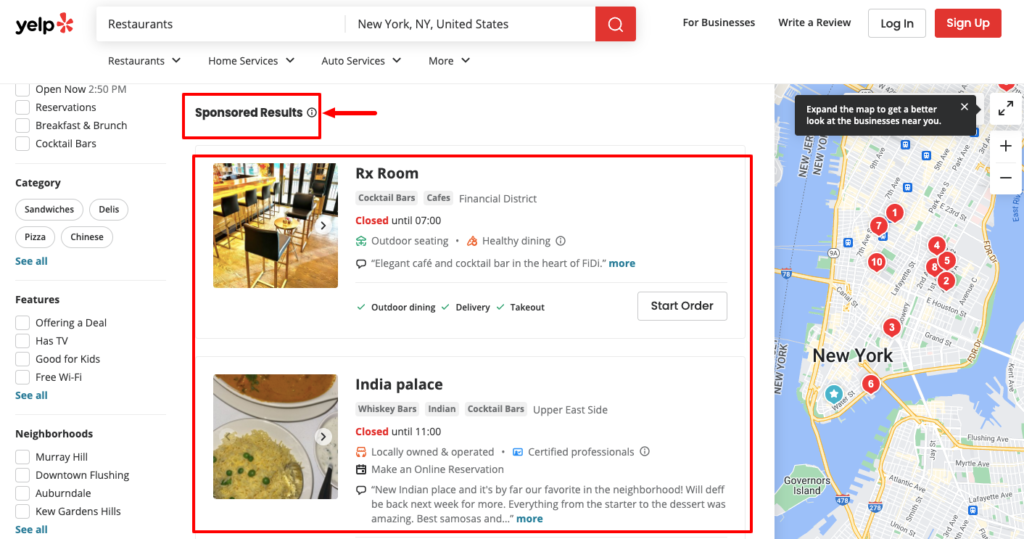
Just like Google, when you search, you will receive the results with paid listings shown first. This position is worth paying for, due to the amount of extended exposure the business receives.
When using paid listings, be sure to make it clear where the benefits are. Remember that for paid listings to generate profit, your directory has to be high quality and truly draw in visitors.
How Much Should You Charge for Listings?
When your directory is brand new, start with free listings to build volume. Once listings grow and traffic improves, introduce a low-cost plan like $10–$30 per month. As your authority increases, you can charge significantly more. Useful pricing ideas:
- Free tier + paid upgrades
- Monthly or annual subscriptions
- Featured position pricing (premium placement at the top)
- Limited-time discount for new sign-ups
- One-time lifetime listing fee
High-traffic, niche directories often charge $50–$500 per listing because businesses are willing to pay for visibility and leads.
2. Let Your Users Claim Featured Position
Featured listings are a form of paid listings. In addition to adding special features, like extra images and larger packages, they are also displayed more prominently. As a result, featured positions are more visible, which influences the business owners to grab these spots.
Amazon is an example of how a directory site should take advantage of a featured position.
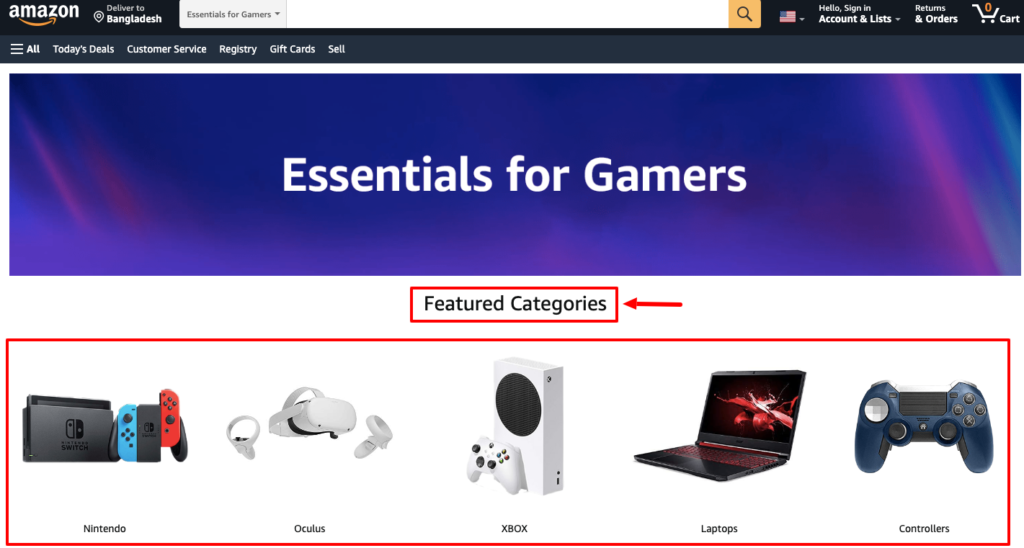
You can charge the listing authors for featuring them in the search results. Having a place at the top of the list will increase the number of visits and exposure.
3. Charge Visitors to See Private Listing
This works like a membership website. That means your visitors have to pay you a certain amount of money to see your restricted content.
Your directory website is nothing but a location-based information portal. A while on the internet and some very important listings on your website can eventually make your online directory an important information source.
When your Directory traffic reaches that peak, you can restrict the general audience from accessing the information.
Chegg is a great example of a membership website.
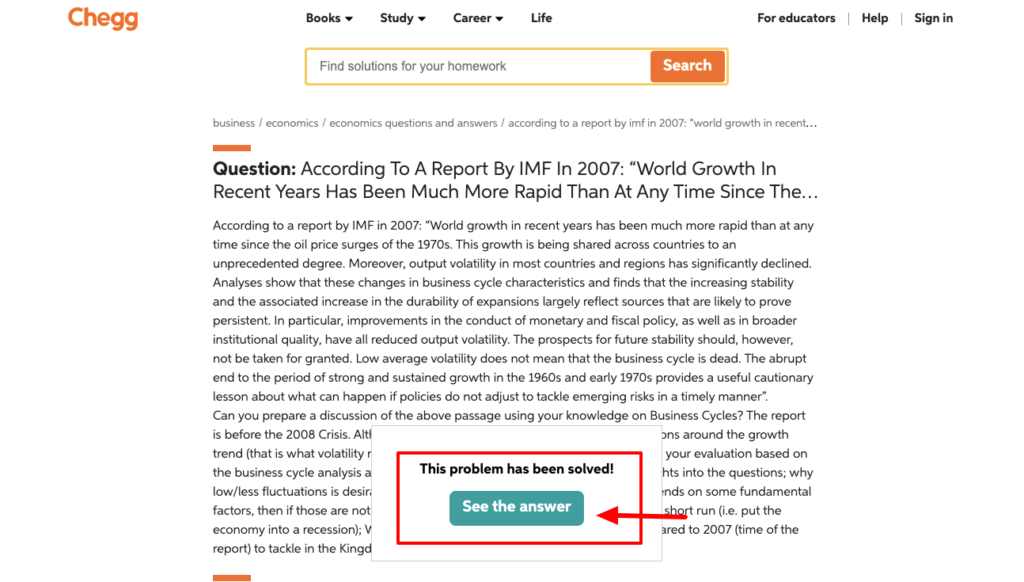
So, you can show some portion of your content to attract your visitors, then ask them to sign up to get the whole content or information.
4. Launch Promotional Packages
Most directory websites maintain this strategy. They offer different promotional packages to onboard customers. Like if you have a plugin directory website and you want to promote plugins, you can launch promotional packages.
This package should clarify how you are going to promote their plugins. You need to write reviews on plugins, send newsletters featuring those reviews, promote reviews through your social channels, and so on.
WPHive is an example of how a plugin directory site can launch promotional packages.
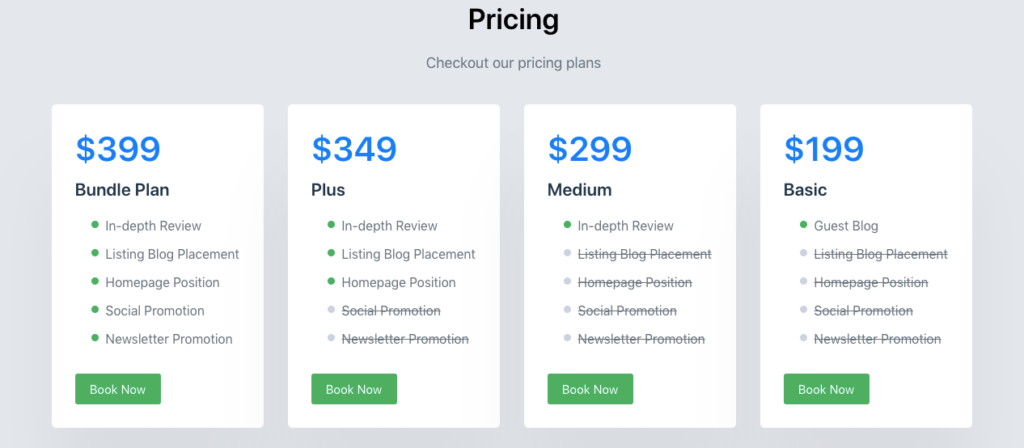
5. Allow Sponsored Articles
We are all familiar with sponsored articles or guest posts, right? Sponsored content is basically content on your website or social media that an advertiser is paying to be associated with.
The content in the form of blog posts, resources, videos, or social media posts is either created by the sponsor themselves or is created by the website owner, who then sells advertising in the form of sponsorship of that content.
There are plenty of marketers working on improving their visibility by posting guest posts. If your site qualifies for that criterion, it’s easy to attract them for a good chunk of cash.
6. Sell Advertising Space
Probably the most popular but less profitable way of monetizing a directory website is by selling advertising space. There are two most common models of displaying ads on your site.
You can earn by integrating your site with an ad platform. If your site already gets decent traffic, you can integrate it with Google AdSense or another advertising platform and earn money by displaying ads in different areas of your site.
Also, you can contact advertisers directly, without any mediators (like Google AdSense), and display ad banners in different areas of your website.
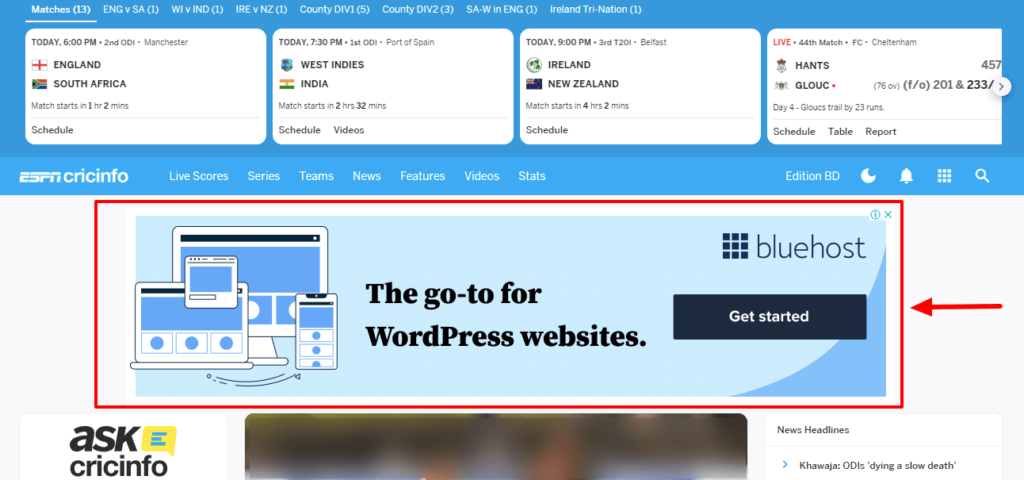
However, beware of displaying too many ads on your directory. The user experience should be your first priority, and plenty of ads could lead to negative consequences, such as a high bounce rate. Try to find a balance between making money from the website and keeping your directory useful for your visitors.
7. Place Affiliate Links to Earn Commissions
It takes time to earn commission by placing affiliate links in your content or products. When your site is mature and you're getting enough traffic, your affiliate links will be working.
There are plenty of ways to advertise affiliate products on your website. It actually depends on your niche. If your directory site is Amazon-based, you can write reviews on Amazon products and place affiliate links with your content.
And if your site is travel-based, consider looking at affiliate offers around travel accessories. Or, if you’re targeting tourism or events in a specific city, you could try to arrange a commission or revenue share on tours sold through your website.
Most people will visit your website, knowing what it offers, and affiliate advertisements will work more efficiently if they’re relevant to your website’s niche.
Which Directory Monetization Model Works Best? (Quick Comparison)
The following table helps readers choose the best revenue model for their site.
| Monetization Method | Difficulty | Requires Traffic? | Earning Potential |
|---|---|---|---|
| Paid Listings | Easy | Medium | High |
| Featured Listings | Medium | Medium | Very High |
| Ads | Easy | High | Low |
| Affiliate Links | Medium | Medium | High |
| Sponsored Posts | Easy | Medium | Medium |
How to Create a Directory Website Using WordPress
If you already don't have a directory website, nothing to worry about. We are here to help you on this journey to create your directory website.
Step 01: Choose Your Domain and Hosting
So, first, you have to register your domain name and buy a hosting plan for your website. We have two dedicated blogs on that. Follow these blogs:
Step 02: Install WordPress on Your cPanel
The next step you have to follow is installing WordPress on your cPanel. Follow this blog to get a step-by-step tutorial to do that.
- How to Install WordPress on cPanel in under 10 minutes!
- How to Install WordPress on Localhost
Step 03: Use a Plugin to Create Your Directory Website
The next step is to find a plugin that is easy to use, beginner-friendly, and helps the most to get your job done. WP User Frontend Pro is such a plugin that has dedicated features and modules to create a directory website with ease.
WP User Frontend Pro comes with a module called “User Directory” to make this journey smoother for creating your first ever directory website. All of the complex jobs have already been done there; you just need to activate that module and customize it according to your heart's desire.
Unfortunately, the “User Directory” module isn't included in the free version. So, if you want to check and use this module to create your directory website, you have to go for the premium package.
- Now navigate to your WP dashboard > User Frontend > Modules. Find the User Directory and turn on the toggle button on the top right to activate this module.
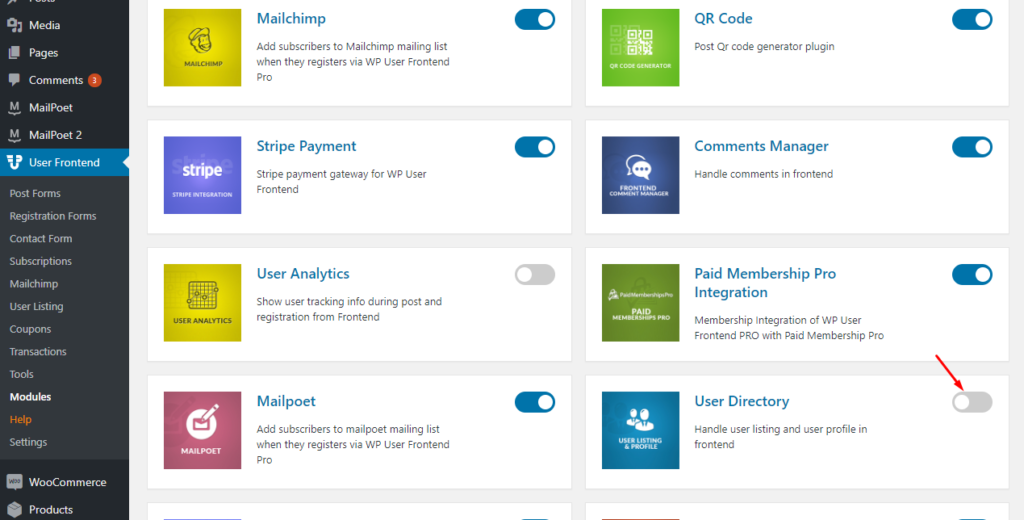
There is detailed documentation on customizing the User Directory module. You can follow this step-by-step documentation if you are a first-time user of this plugin. Or you can follow the video tutorial to configure your directory website.
Read More: Manage Your Own WordPress User Directory Using WP User Frontend!
Bonus: 5 Inspiration Examples of Directory Website
(i) Business Directory
We are starting this list with a business directory. Basically, a Business directory is a searchable online catalog of businesses, which provides users with different details about specific businesses.
You should show some crucial information like address, opening hours, contact details, photos, a link to the official website, and so on.
A good example of a business directory is Yelp.
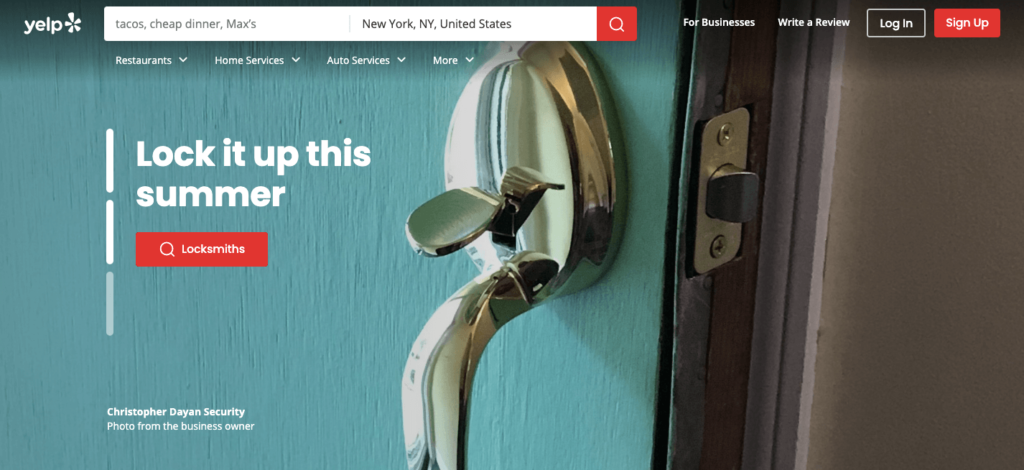
It includes thousands of businesses all around the globe. There are dozens of listing categories, and you can find various services there. Whether it’s a plumber to fix a leaking faucet or a dog walker for your four-legged friend, Yelp has got you covered.
(ii) Member Directory
The next type is a member directory website. You can show profiles of a certain organization with your member directory website. Profiles should include member name, address, contact number, photo, designation, and so on.
The University of Winchester is an example of a Member Directory website.
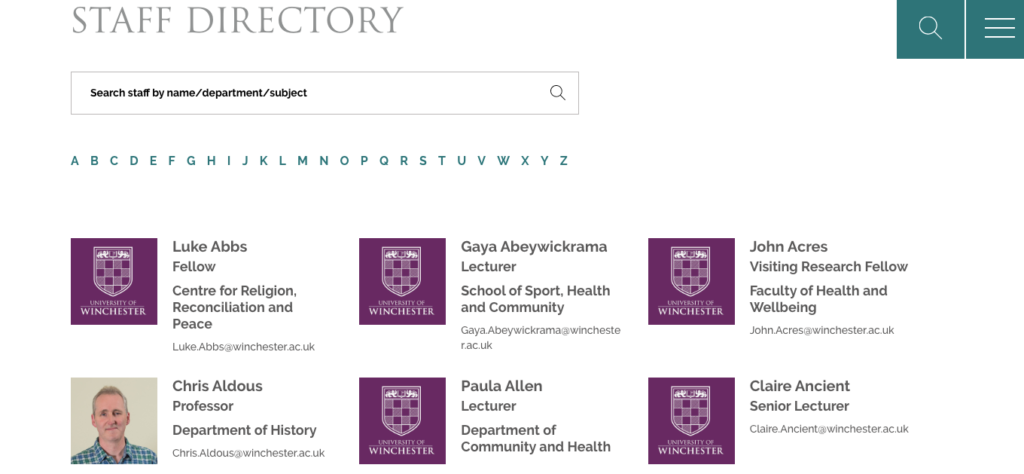
(iii) Car Directory
Another type of directory website is a car directory or a car dealer website. This type of director website is popular among car-loving people. They like it because they can find various vehicles for sale, tons of helpful blog topics, and community forums in one place.
To get a better idea of what a car directory website is, you can pick any car manufacturer or car dealership and check out their websites e.g., Mercedes-Benz.
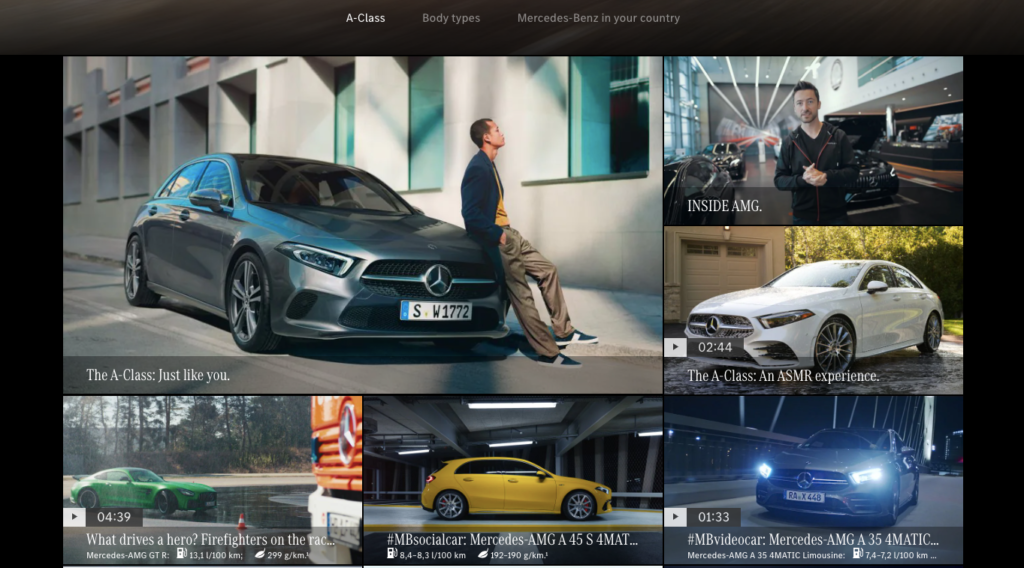
(iv) Product Catalog Directory
A product catalog website is a site that lists various products with essential product information such as product dimensions, pricing, material, and more. This type of website can help you kickstart your affiliate business.
So, if you are thinking about launching a product catalog website for your business, you can take a look at the Life Fitness catalog as an example.
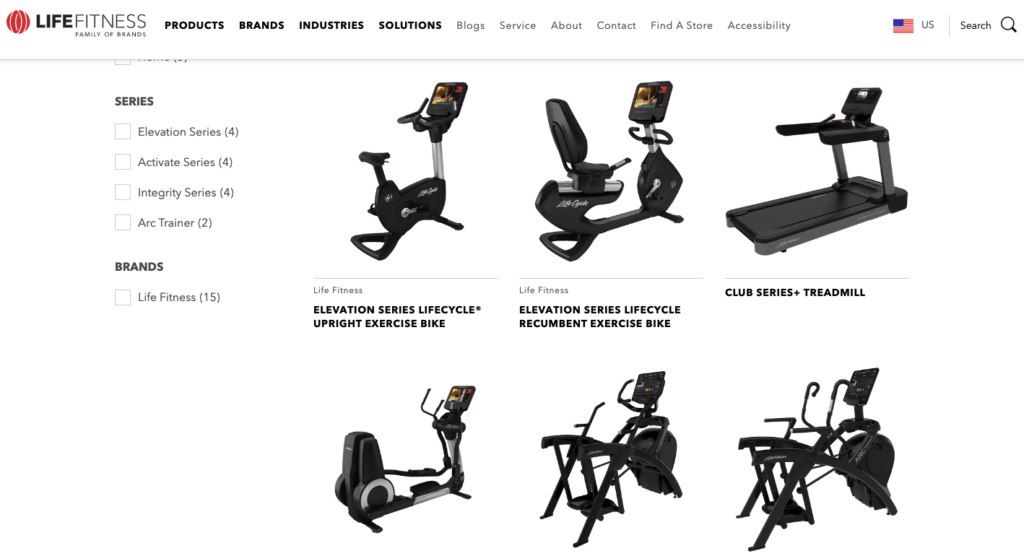
(v) Travel Directory
Travel websites are getting popular nowadays. People search the internet for information about their destination before going on the trip and spending their money.
That’s exactly the moment when travel directories come into play since they can provide tourists with all the details about comfortable hotels, the best restaurants, fascinating museums, places with charming landscapes, traveler reviews, and so on.
So, if you are thinking of creating a travel directory website, you can take a look at Tripadvisor.
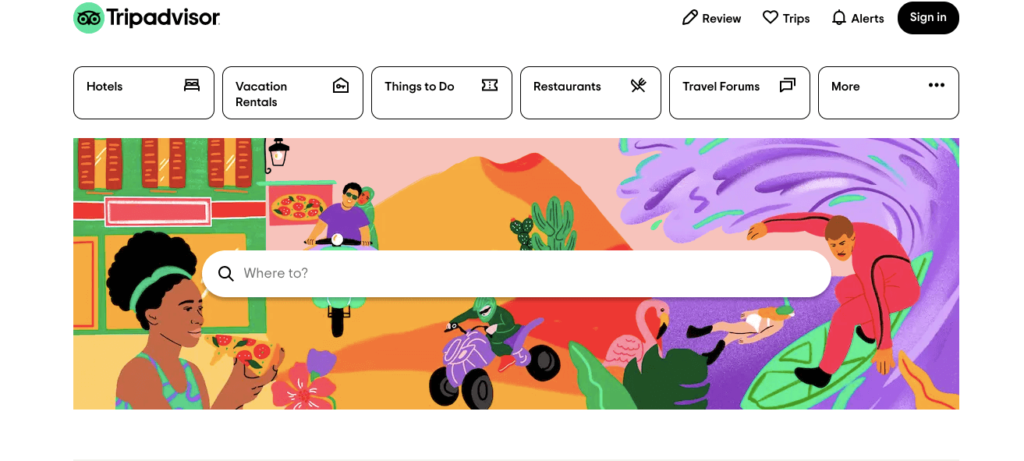
How to Monetize a Directory Website- FAQs
To monetize your website content, you can start placing affiliate links in your content. Depending on your niche, you should decide what type of affiliate link you insert. If you write content about Amazon products, you can be an affiliate of Amazon and start inserting the links to your content.
It actually depends on how much traffic you can redirect to that website. You can charge your customers from $50 to $500 to list them in your directory.
You can make money online through a directory website. There are ways to monetize a directory website. Follow these tips and start earning money from home online.
1. Sell Directory Listings
2. Let Your Users Claim Featured Position
3. Charge Visitors to See Private Listing
4. Launch Promotional Packages
5. Allow Sponsored Articles
6. Sell Advertising Space
7. Place Affiliate Links to Earn Commissions
Yes. Businesses want online visibility and are willing to pay for listings, sponsored placements, and leads. Directories are still one of the easiest ways to create recurring revenue online.
A small niche directory can earn $100–$500/month. Established directories often earn $5,000–$50,000+ per month from premium listings, ads, and lead-generation fees.
Niche-focused directories perform best. Examples: restaurants, lawyers, wedding vendors, real estate, tourism, pet services, home repair, SaaS products, or local trades.
If you already have an audience, you can earn within weeks. For new sites, most see results in 3–6 months, depending on traffic and listings.
You can start small 3,000 to 5,000 monthly visitors is enough to begin selling low-tier listings or featured placements. Once your site grows beyond 10,000 monthly visitors, you can introduce higher-priced subscription plans.
Are You Ready to Monetize Your Directory Website?
Monetizing the directory website takes time. Also, you need to decide which way you would choose to monetize your site. So, at first, choose a strategic way, then follow the best practices to make money out of that.
Here, we have discussed 7 proven ways to monetize a directory website. There could be any other way of monetization. So, if you think we have missed any important strategy to mention in this blog, you can let us know through the comment box below.
Also, you are highly requested to share your monetization experience. It would be helpful for newbies. Thank you!
Ready to build a profitable directory website? Start with WP User Frontend Pro and create custom listing forms, user dashboards, paid listings, and featured positions – without coding.